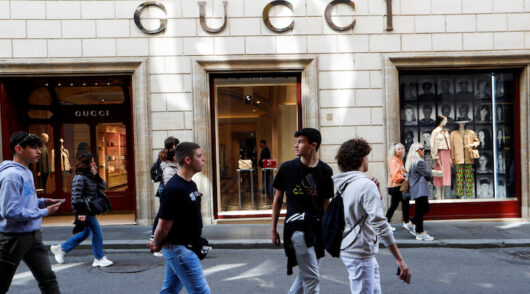In May, the Australian retail sector recorded its fifth consecutive month of growth, with retail spending experiencing a 10.4 per cent increase over 12 months and a 0.9 per cent increase for the month.
It wasn’t all good news, however, as higher prices contributed to the growth, particularly in food retailing and hospitality.
With Australia still playing catch up from Covid-disrupted supply chains, and inflation causing headaches for businesses and consumers alike, price rises are inevitable and – as plenty of retailers will attest – coming thick and fast.
Data the Australian Bureau of Statistics released in April shows the retail industry is on track to be hardest hit by soaring petrol and electricity costs, with almost 60 per cent of retailers expected to increase prices.
So how, as a retailer, can you ensure you’re still meeting profit targets without pissing off your customers?
One unsurprisingly unpopular option is “shrinkflation”. This is the cheeky tactic of shrinking your product, packaging, and portion sizes while continuing to charge the same price.
Cadbury is one brand taking this approach, with the introduction of More, a new product line in which the chocolate company flogs 165-gram blocks for the same price as its regular 180-grammers. Consumer group Choice has pointed the finger at Kellogg’s for doing the same.
As a consumer, the very idea of this elicits rage. But as a supplier, what choice do these brands have? With the cost of ingredients such as corn and milk skyrocketing, and supermarkets determined not to pass on massive price increases to customers, many brands are stuck between a rock and a hard place. If the cost of producing your product has gone up by 30 per cent but the retailer will let you increase the price by only 10 per cent, where are you going to find the other 20 per cent? Shrinkflation is something to consider for some.
At the nub of this issue is the post-pandemic inflation ‘we had to have’. Consumers are playing a role in this, by way of ‘inflation expectations’. This is the rate people expect prices to rise in the future and it matters because economists will tell you that prices end up reflecting what people expect them to be – to an extent.
Think of it this way: let’s say your customer is planning to purchase a big-ticket item some time in the next year. It might be a TV, a fridge or a fancy new couch. They’ve been keeping a close eye on prices and start to notice they are going up. With inflation’s current trajectory, they may well decide to buy that item now to avoid a further increase. So suddenly you get a surge on couches and based on demand, as well as supply-chain issues, you jack up the prices. That’s inflation expectations in action and the result is inflation rising further.
As interest rates continue to increase and people are forced to tighten their belts further, every dollar is going to count. Retailers need to be sensitive to this and treat consumers with empathy. While people might be expecting prices to increase, it’s still going to sting when they look at the receipt. Think about how you can soften the blow.
Much like Coles, with the box of household staples it introduced during Covid-19 lockdowns, could you package up products to make their purchase more cost-effective? Are there ways you can lean into your loyalty program to offer your customers more value? Or can you freeze prices on certain ‘important to the customer’ items, and take a small hit, while pushing up others, keeping your average margins in the acceptable range?
Whatever tactics and strategies you settle on, it pays to communicate clearly with your consumers about any price shifts, whether that is through advertising or in-store. They may not like the news, but they will appreciate the transparency.
Whether the retail sector can sustain its growth for another month or two is yet to be seen. But we’re going to be feeling the effects of inflation, Russia’s belligerence and interest rate hikes for some time. So now is the time to get a handle on how to manage the expectations of your consumers.



